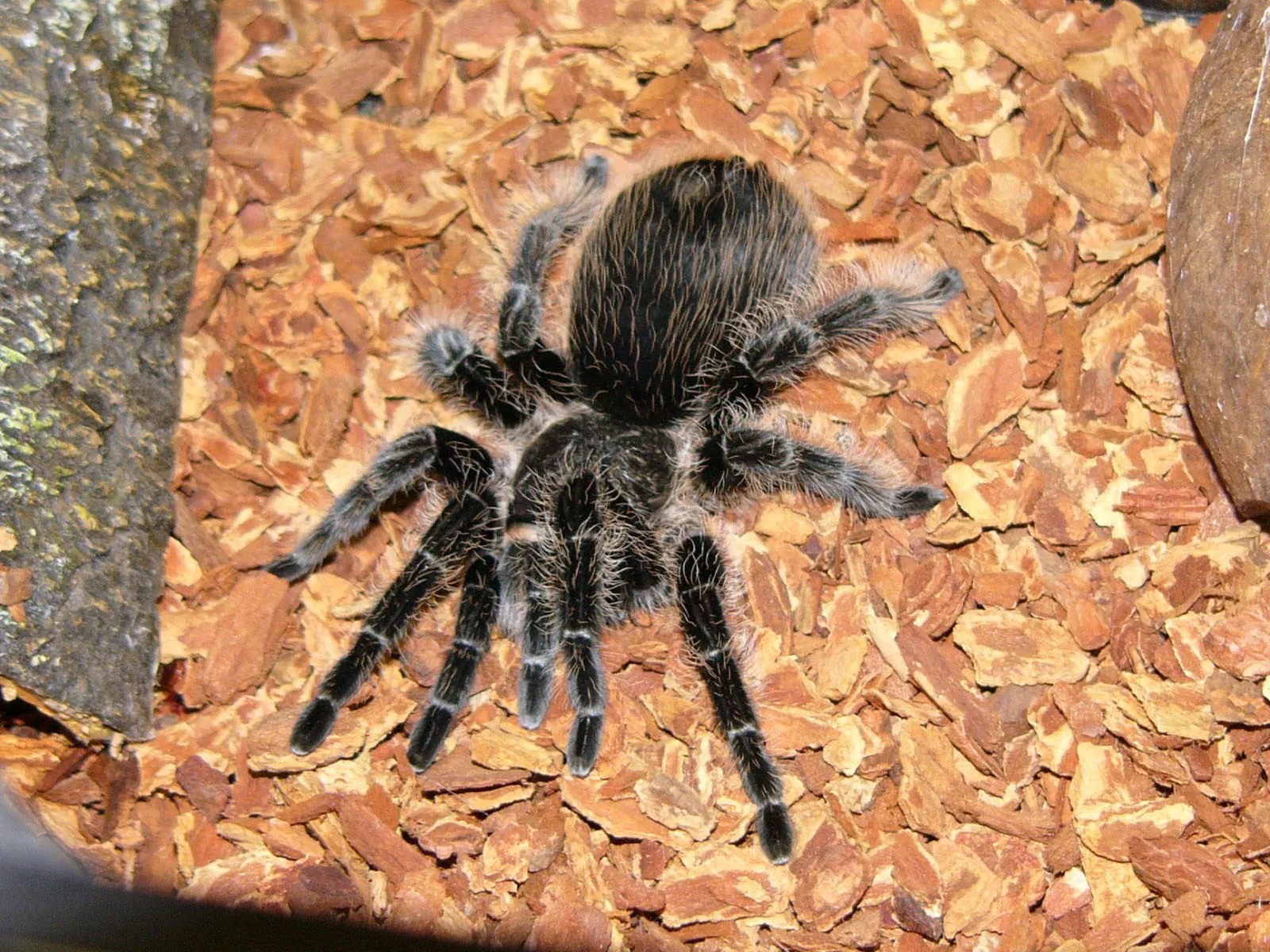What Are Curly Hair Tarantula Fangs?
Curly hair tarantulas, scientifically known as Tliltocatl albopilosus, are popular pets admired for their docile nature and unique appearance. A crucial part of their anatomy, often overlooked, is their fangs. These aren’t merely ornamental; they are essential tools for survival. Fangs serve multiple critical functions, playing a central role in feeding, defense, and even communication. Understanding the nature of these fangs is critical to appreciating the complex lives of these fascinating creatures and how they interact with the world around them. The fangs are a key feature to help to differentiate them from other tarantulas. Their structure also influences how they hunt and defend themselves.
The Anatomy of a Tarantula Fang
Tarantula fangs are not like the teeth of mammals; instead, they are specialized appendages directly connected to venom glands. These fangs are located on the chelicerae, which are the two mouthparts situated on the front of the cephalothorax, the fused head and chest region. The chelicerae are strong and muscular, allowing the tarantula to control the fangs with precision. Each fang is a sharp, hollow structure, somewhat resembling a hypodermic needle. The venom flows through this channel from the venom gland, allowing for efficient delivery into the prey. The shape and size of the fangs can vary slightly among different tarantula species, but the fundamental structure remains the same.
Fang Size and Shape
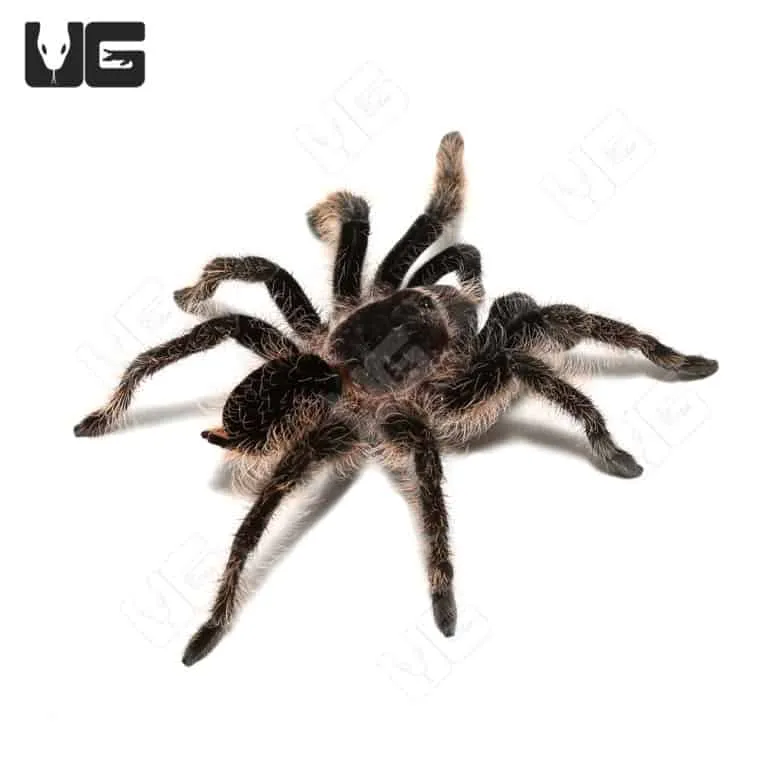
The size and shape of a curly hair tarantula’s fangs are influenced by its age, diet, and overall health. Generally, they are not as long as those of some other tarantula species. The fangs are curved, which helps in grasping and holding onto prey effectively. As a tarantula grows, so do its fangs, but not at a uniform rate. The exact dimensions can vary, but they are typically proportionate to the overall size of the tarantula. Young tarantulas (spiderlings) have smaller fangs, making it somewhat easier to handle them, although caution should always be exercised. The fang shape is also crucial, as it determines how effectively the tarantula can inject venom and manipulate its food.
Functions of Curly Hair Tarantula Fangs
Injecting Venom
The primary function of tarantula fangs is to deliver venom. The venom is a complex cocktail of enzymes and toxins. When a tarantula bites, the fangs pierce the prey and inject this venom, which serves multiple purposes. Initially, the venom starts breaking down the internal organs, effectively beginning the digestion process externally. This is a critical step as it allows the tarantula to absorb nutrients more efficiently. Some components of the venom also immobilize the prey, preventing escape. This process is crucial for the survival of the tarantula, enabling it to subdue and consume its food source. The effectiveness of the venom varies depending on the prey and the species of tarantula.
Capturing and Handling Prey
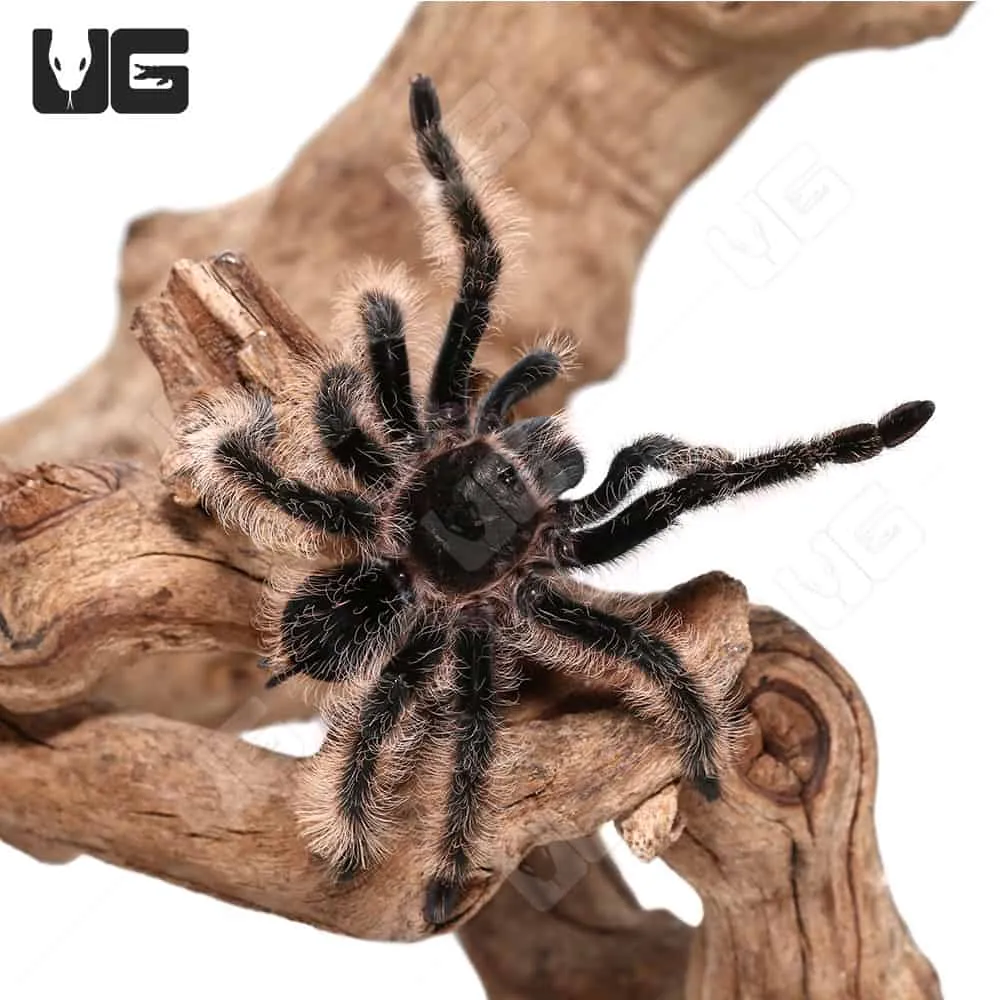
Besides venom injection, fangs are vital tools for catching and handling prey. When a tarantula attacks, it uses its fangs to grasp and hold onto the prey. The sharp, curved shape of the fangs allows the tarantula to get a firm grip. This is especially important when dealing with insects that might struggle or try to escape. The chelicerae and fangs work together to ensure the prey is held securely. Once captured, the tarantula may repeatedly bite its prey to inject more venom, ensuring it is subdued and ready for consumption. The tarantula then uses its fangs to tear the prey into manageable pieces.
Defense Mechanisms
Fangs are also a primary defense mechanism for tarantulas. When threatened, a tarantula will raise its front legs and display its fangs, a clear warning to potential predators. If the threat persists, the tarantula will strike, using its fangs to bite the attacker. While the bite of a curly hair tarantula is generally not considered life-threatening to humans, it can be painful and cause local effects. The defensive use of fangs is a crucial part of a tarantula’s survival strategy, helping to protect it from harm. This behavior is particularly evident in tarantulas that feel cornered or perceive a threat to their safety.
How Curly Hair Tarantula Fangs Grow
The Molting Process
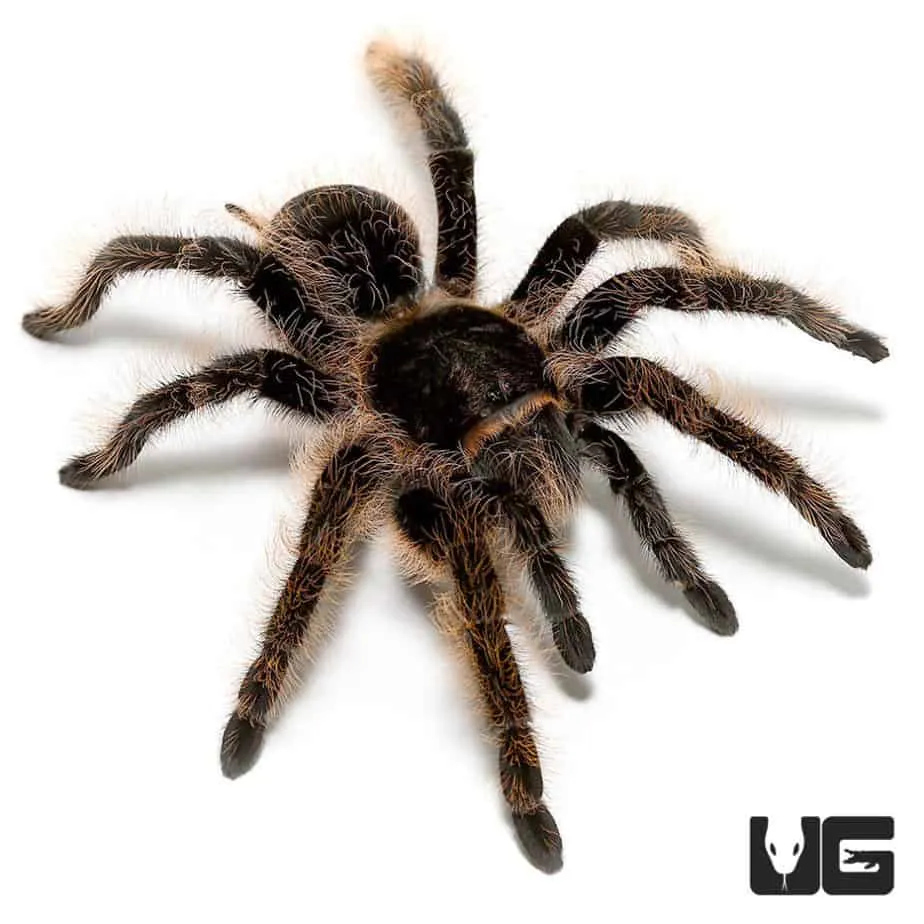
Unlike mammals, tarantulas don’t just grow; they molt. Molting is the process by which a tarantula sheds its exoskeleton to accommodate growth. During molting, the tarantula forms a new exoskeleton underneath the old one. The process involves the tarantula splitting its old exoskeleton and emerging from it. Along with the rest of the exoskeleton, the fangs are also replaced during each molt. The new fangs are fully formed and functional, ready for the tarantula’s next feeding or defensive encounter. Molting frequency varies depending on the tarantula’s age and feeding habits, with younger tarantulas molting more often.
Fang Replacement
The replacement of fangs during molting ensures that a tarantula always has sharp, functional tools for feeding and defense. As the tarantula prepares to molt, the new fangs are already forming. The old fangs detach from the chelicerae along with the old exoskeleton. The new fangs, perfectly formed and ready to go, take their place. This process guarantees that the tarantula is never without its essential tools. If a fang is damaged or lost between molts, it will be replaced at the next molting cycle, ensuring the tarantula’s survival.
Potential Dangers of Curly Hair Tarantula Fangs
Bite Severity
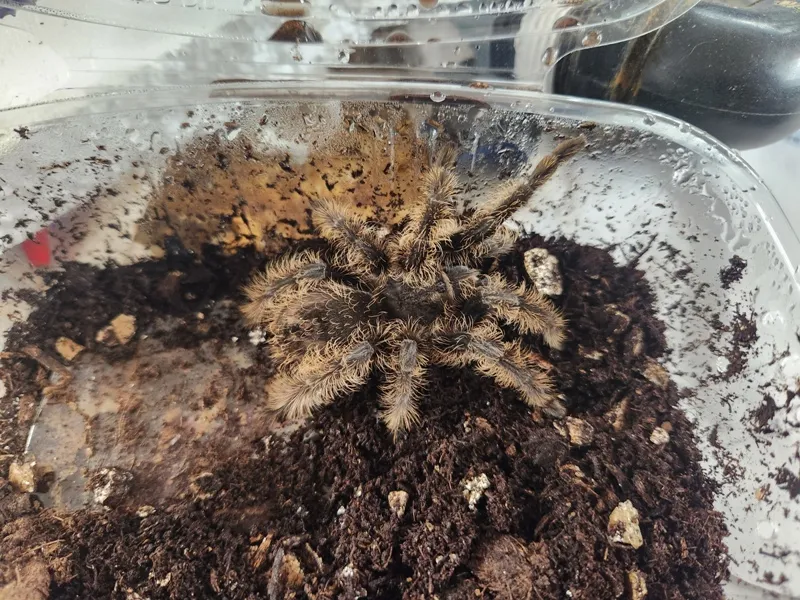
While the bite of a curly hair tarantula is not usually life-threatening to humans, it can still be painful. The severity of the bite depends on various factors, including the size of the tarantula, the amount of venom injected, and individual sensitivity. A bite often causes localized pain, redness, and swelling. In some cases, there might be muscle cramps or other mild systemic effects. It’s crucial to remember that tarantulas do not always inject venom with every bite; sometimes, it’s a dry bite. However, it’s important to treat every bite with caution and appropriate care.
First Aid for Bites
If bitten by a curly hair tarantula, immediate first aid is essential. The affected area should be cleaned thoroughly with soap and water to prevent infection. Apply a cold compress to reduce pain and swelling. Elevate the affected limb to help minimize swelling. Monitor for any severe reactions, such as difficulty breathing or signs of an allergic reaction, and seek medical attention if necessary. Even if symptoms are mild, it’s always advisable to consult with a healthcare professional to ensure proper care and avoid complications. Keep a close eye on the bite site for any signs of infection, like increased redness or pus.
Unique Characteristics of Curly Hair Tarantula Fangs
Curly hair tarantula fangs are distinct in several ways, including their size, shape, and the potency of their venom. The venom of a curly hair tarantula is considered relatively mild compared to some other species, but it still serves its primary purpose. Their fangs are adapted for grasping and holding onto prey effectively. The overall design contributes to the tarantula’s ability to thrive in its natural environment. While they are not known for exceptionally long fangs, the curved shape is well-suited for their feeding habits.
Comparison with Other Tarantula Species
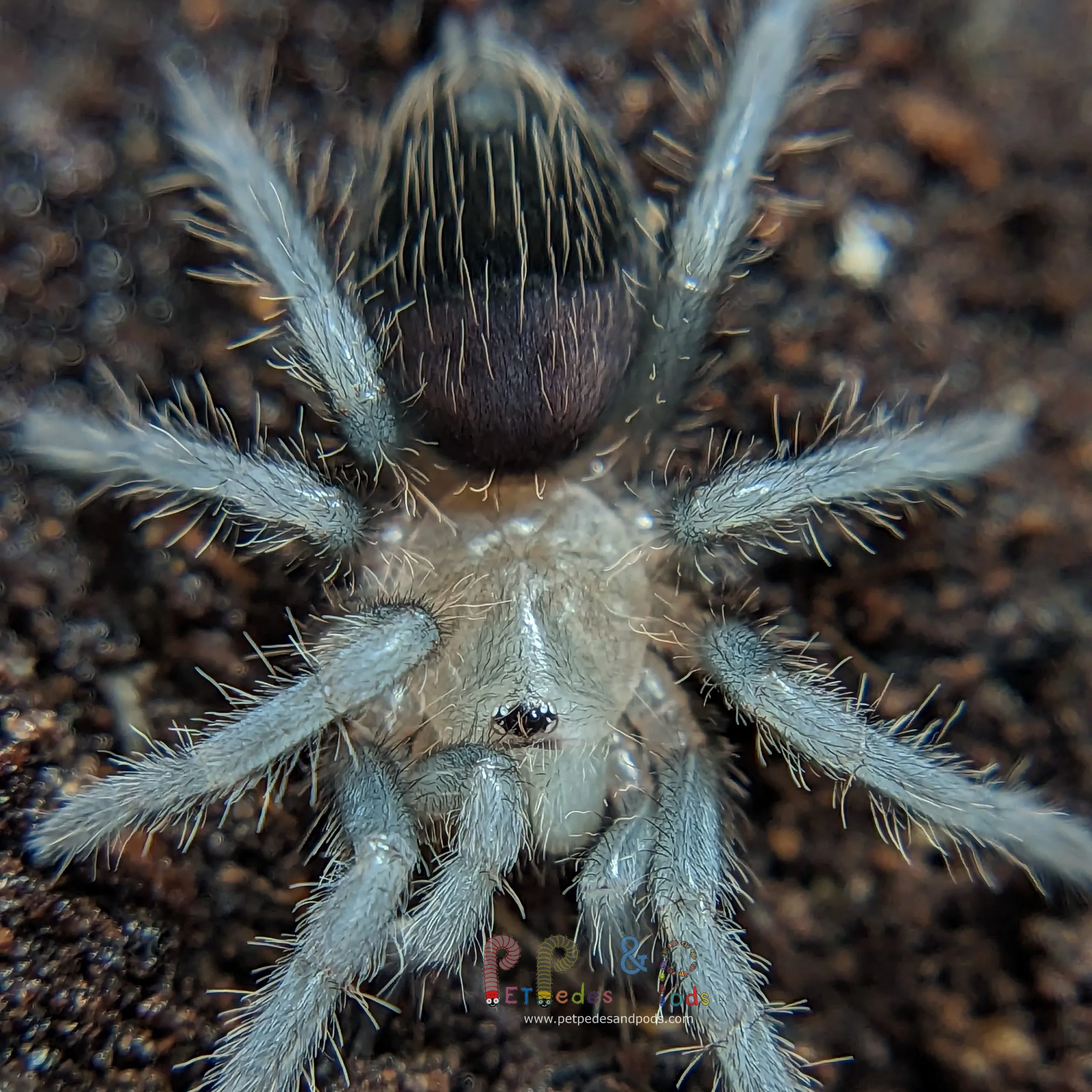
When comparing the fangs of the curly hair tarantula to those of other species, there are notable differences. Some tarantulas have longer, more potent fangs that are better adapted for specific prey or defensive strategies. For example, some arboreal species have longer fangs, which are designed to pierce and grip prey more efficiently. The venom can vary in potency as well. The curly hair tarantula’s fangs represent a balance, well-suited for its relatively docile nature and the types of prey it typically encounters. Understanding these variations highlights the diversity within the tarantula family and their unique adaptations.
Evolutionary Significance
The fangs of curly hair tarantulas have great evolutionary significance. They are a testament to the success of these arachnids over millions of years. The evolution of fangs has played a crucial role in the tarantula’s survival, allowing them to effectively capture prey, defend against predators, and thrive in their environment. The size, shape, and venom composition of the fangs have all been fine-tuned through natural selection. Examining these features provides insights into the broader evolutionary history of tarantulas and their remarkable adaptations. The study of tarantula fangs is an ongoing area of research, constantly revealing new information about their biology and behavior.
